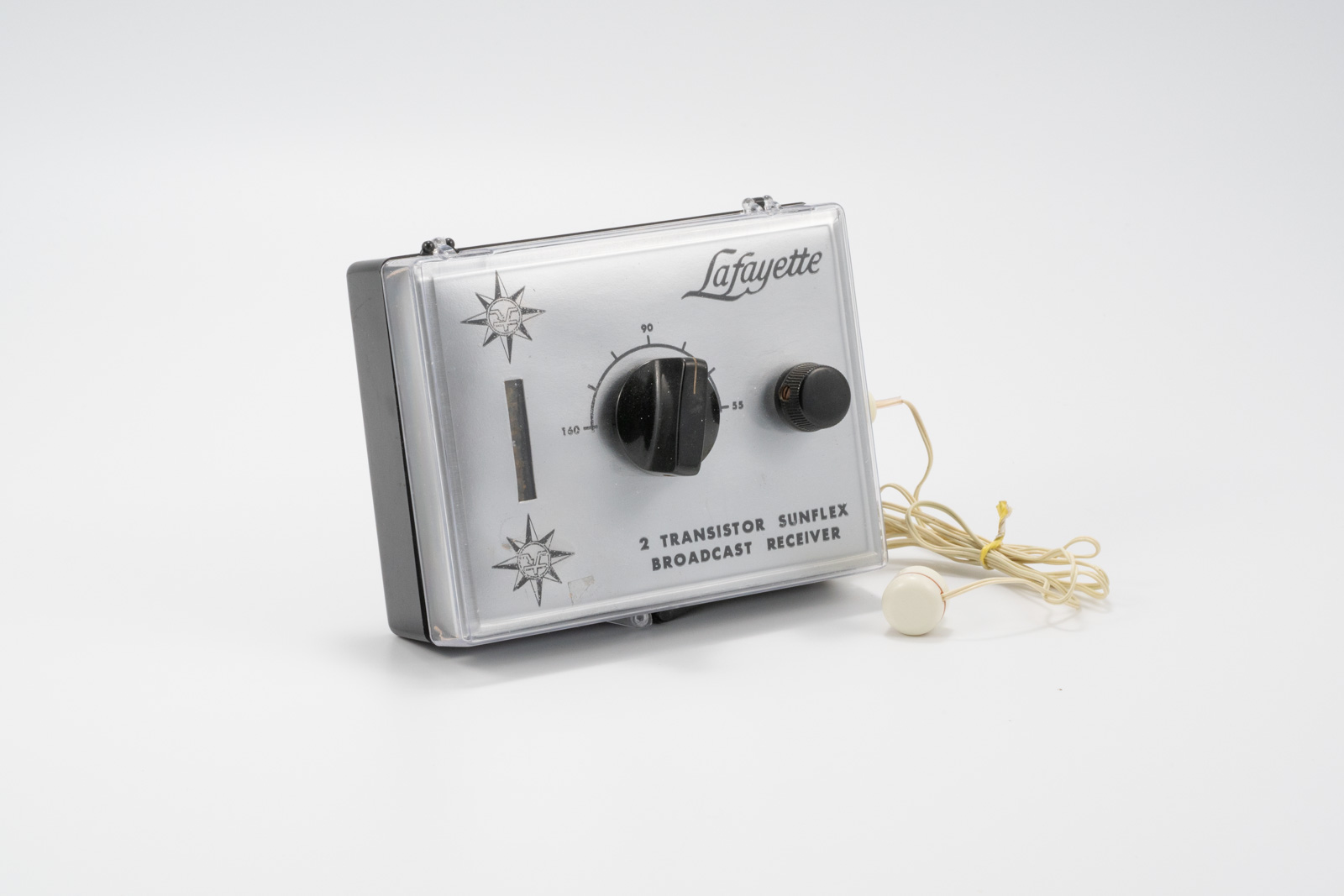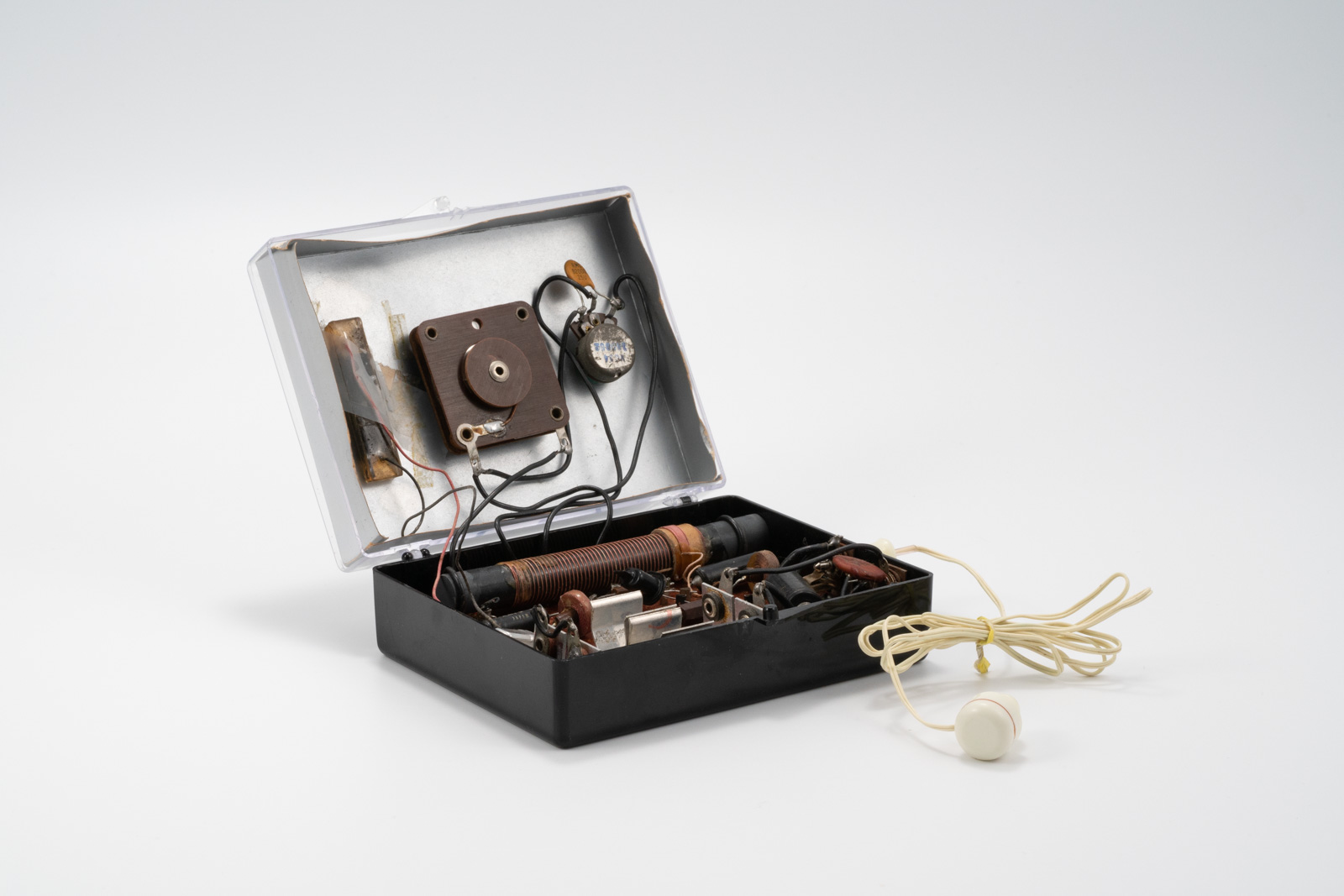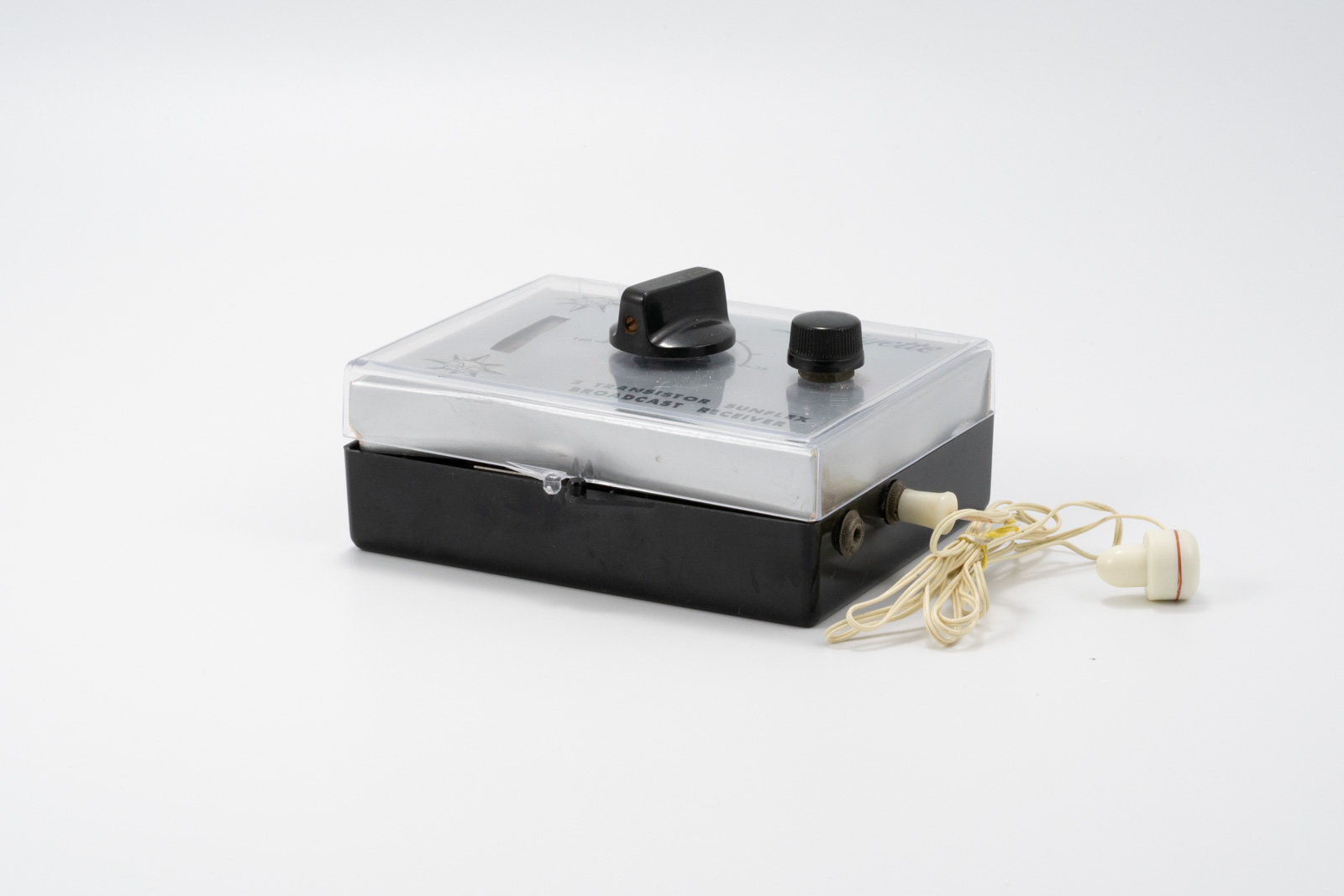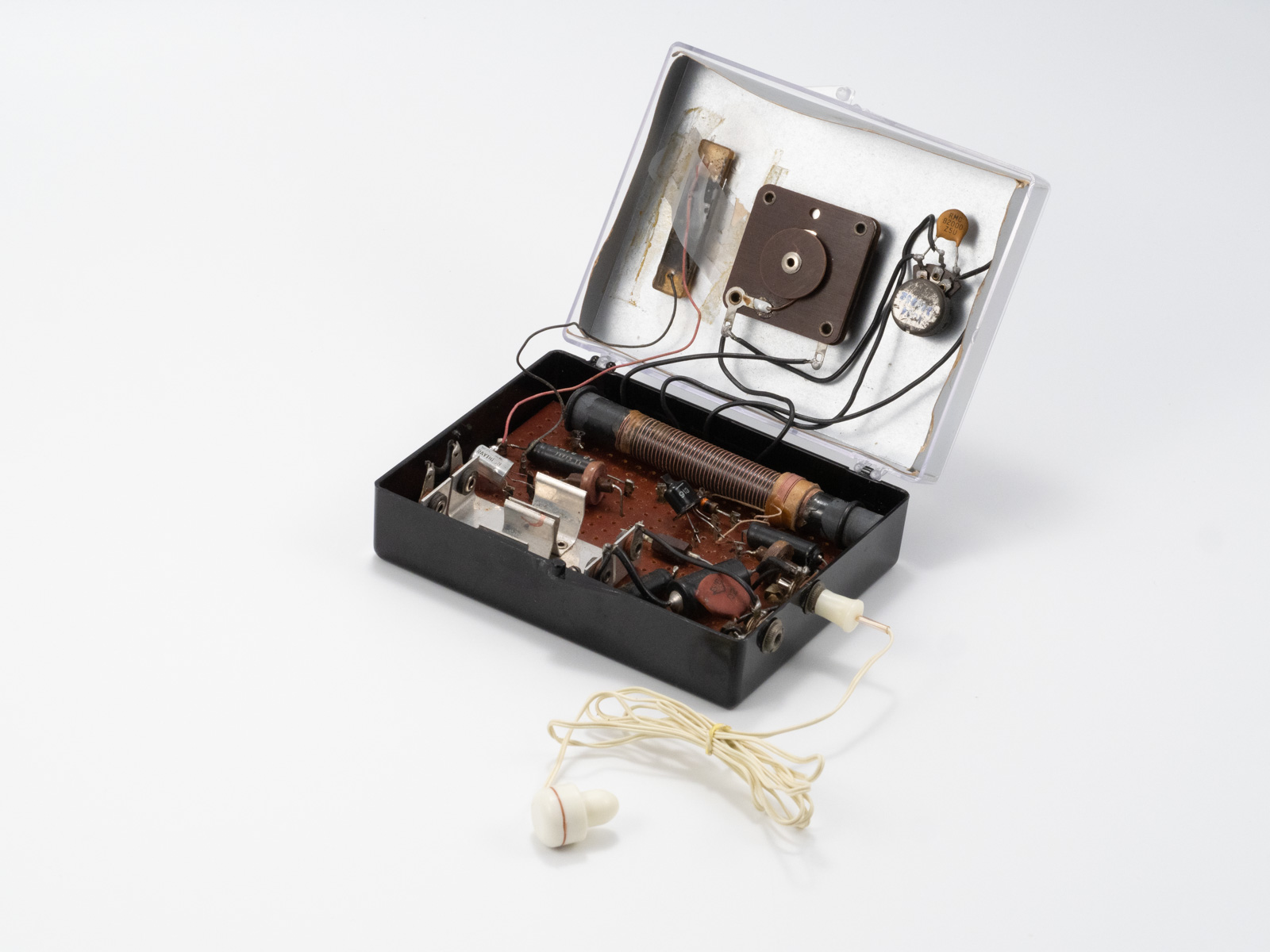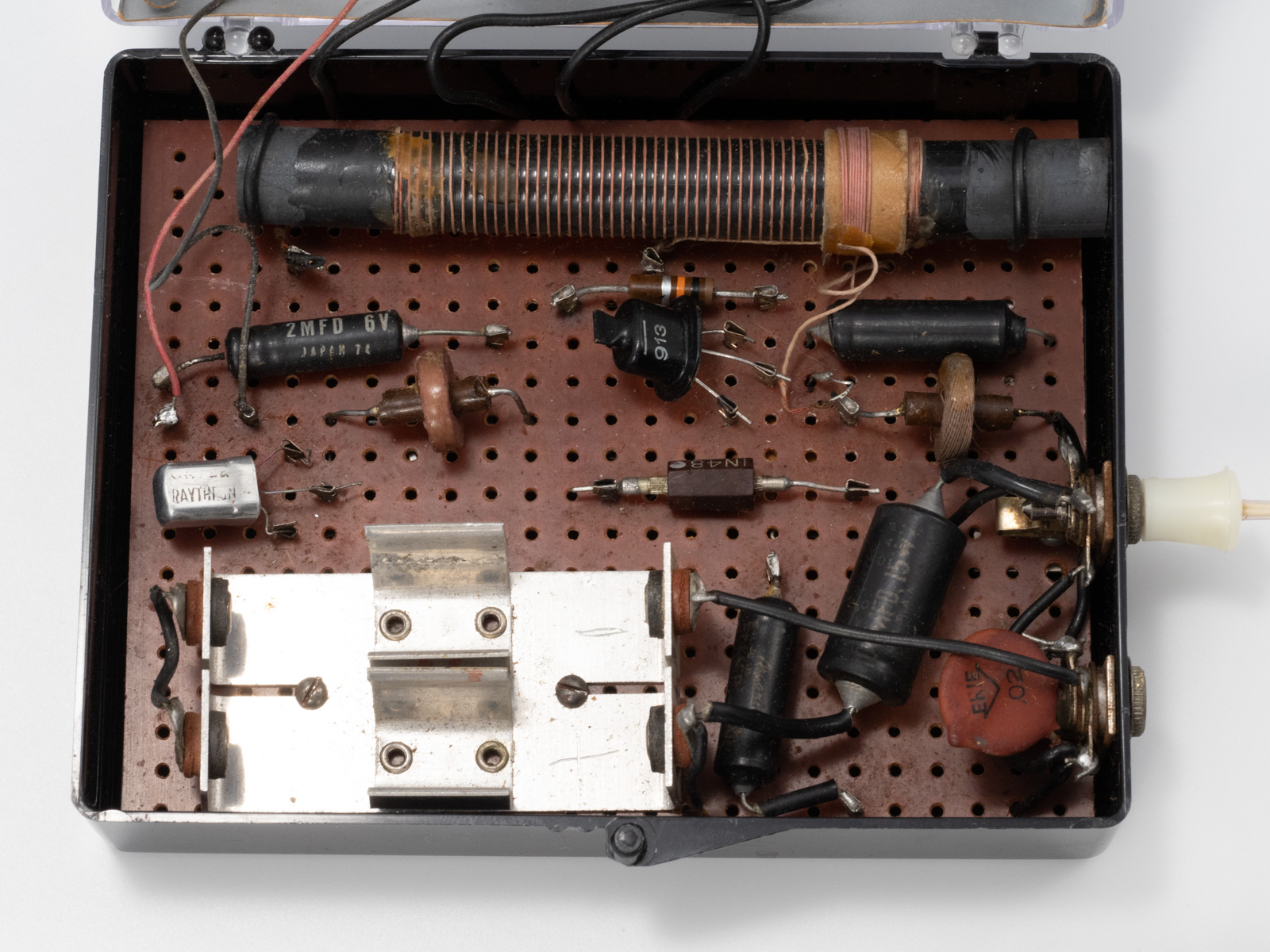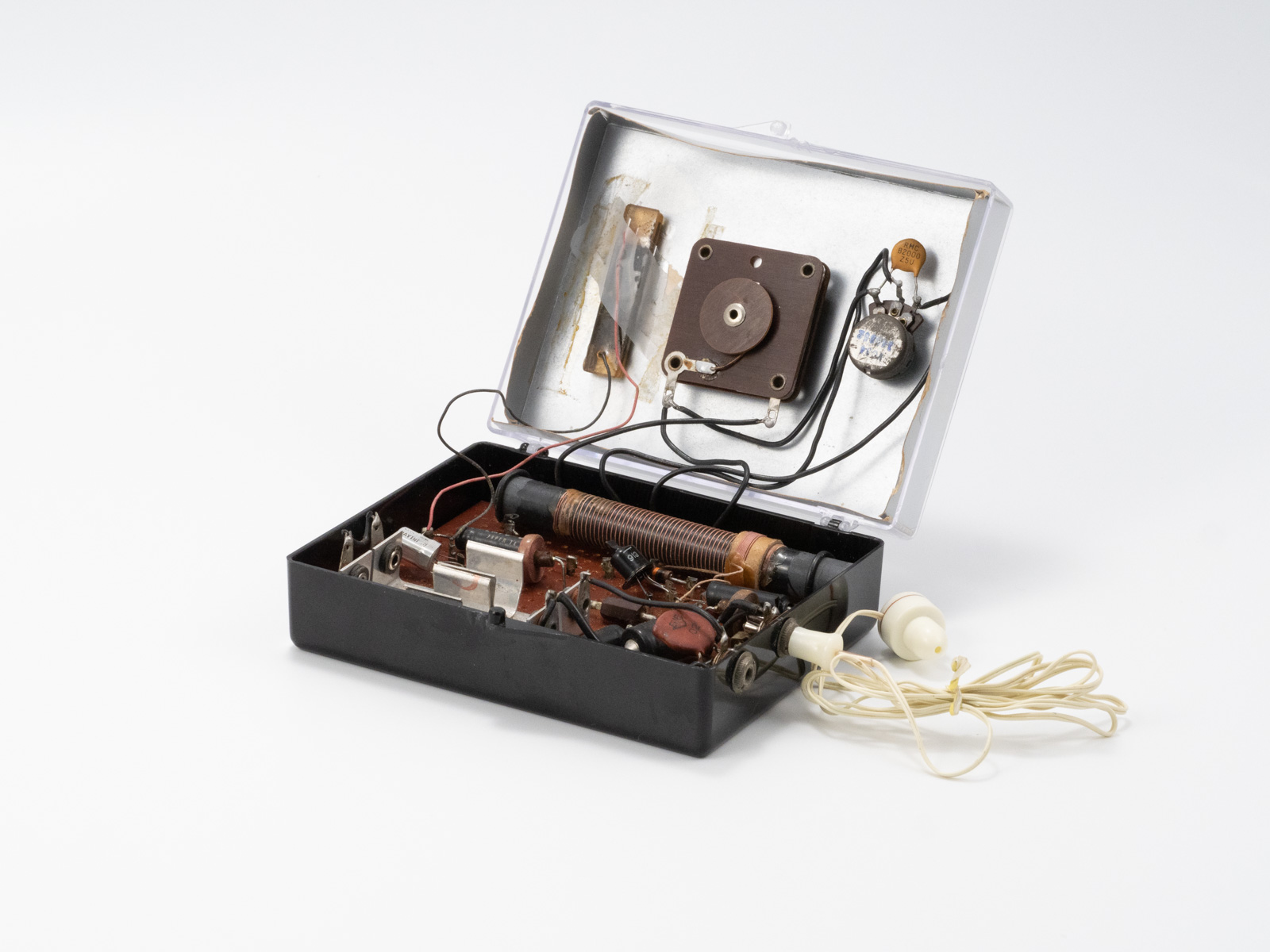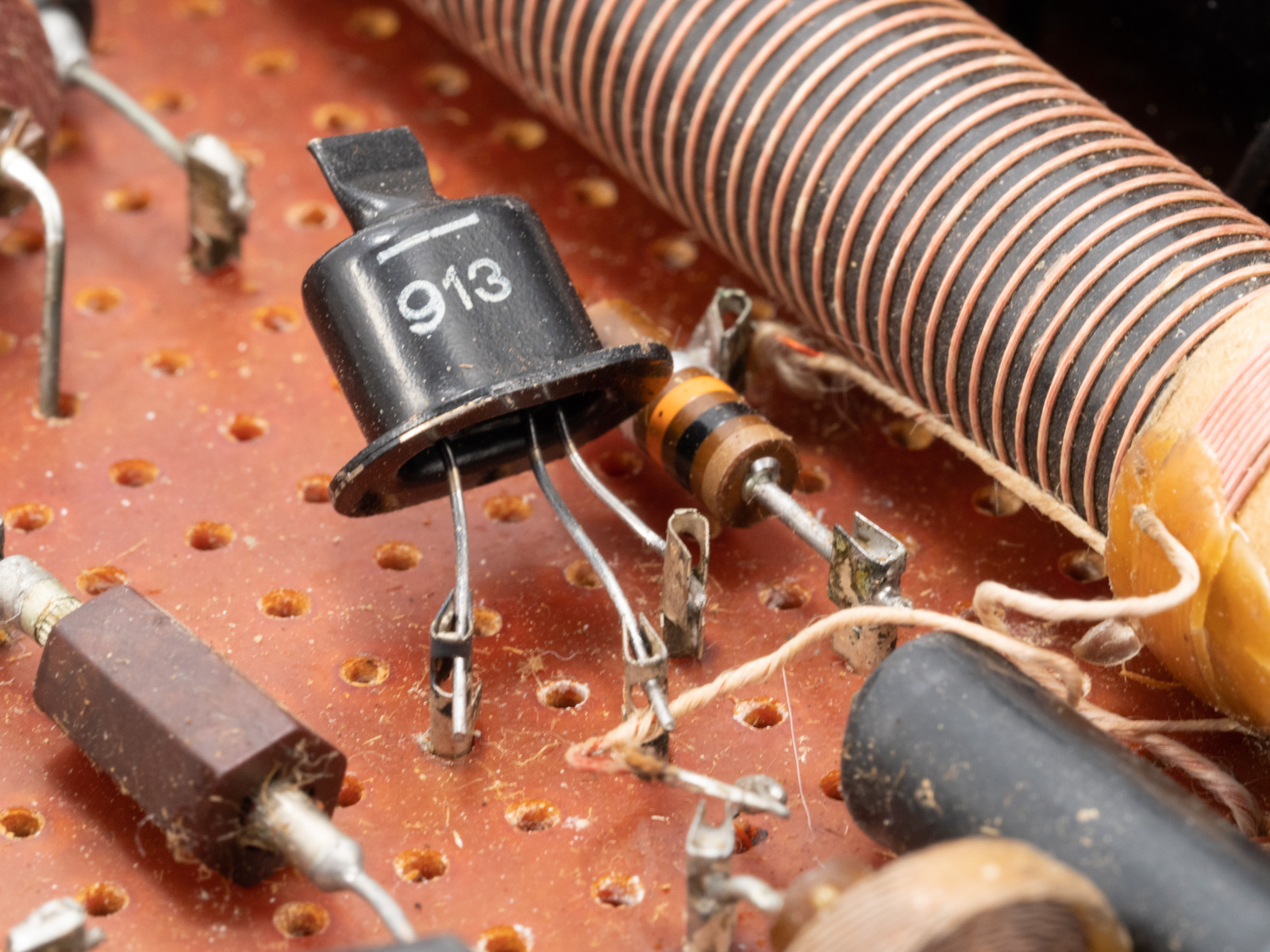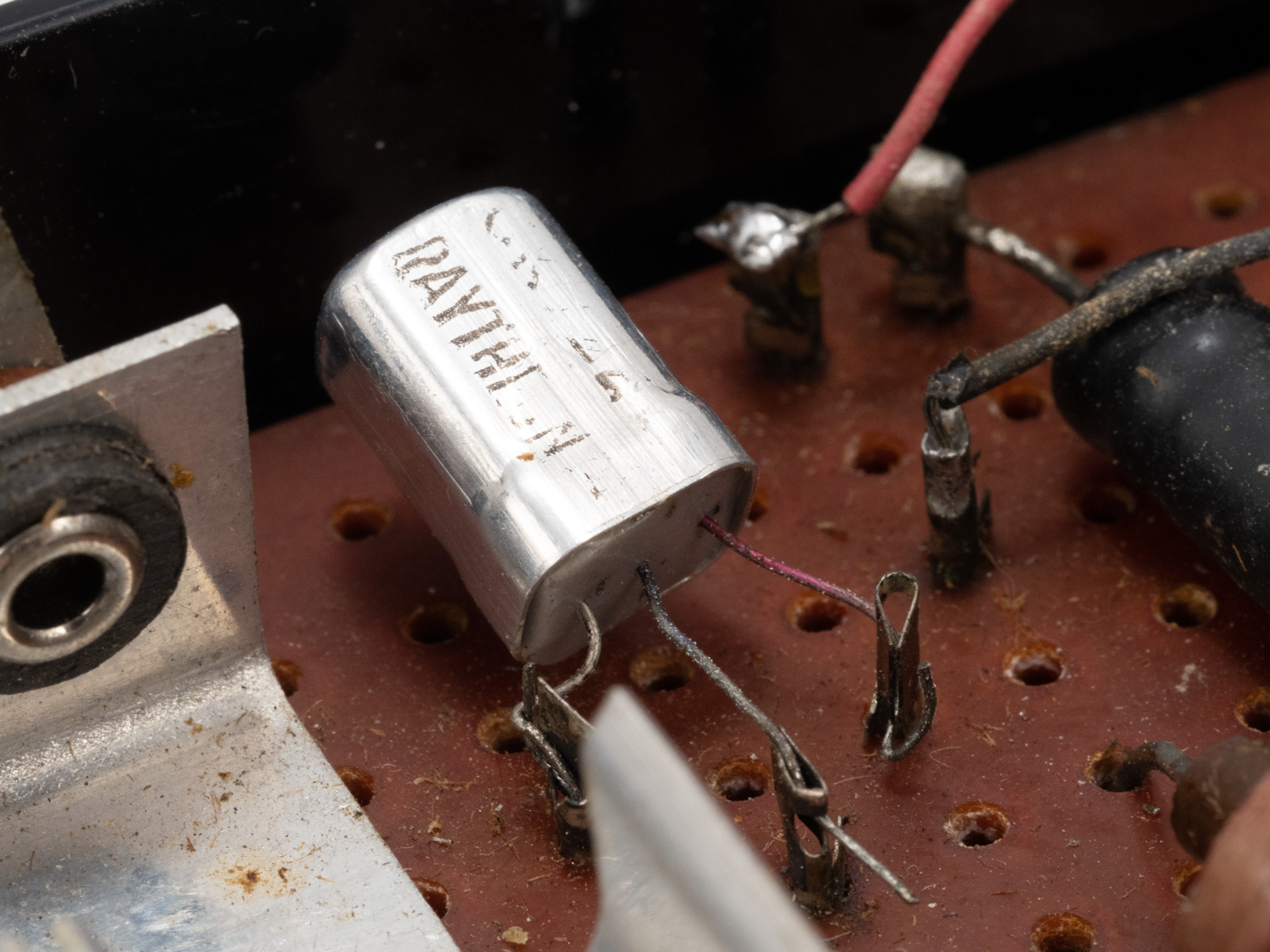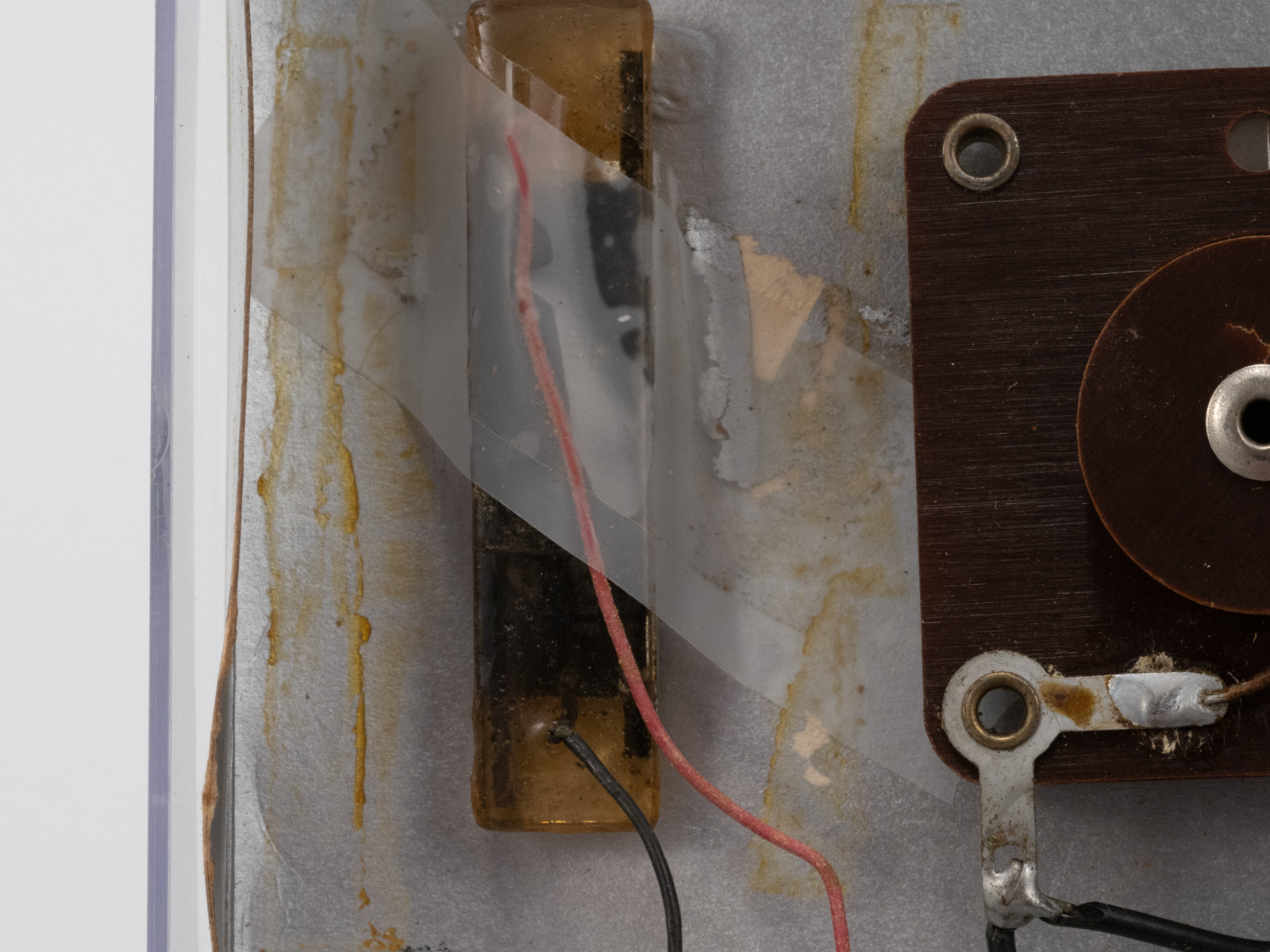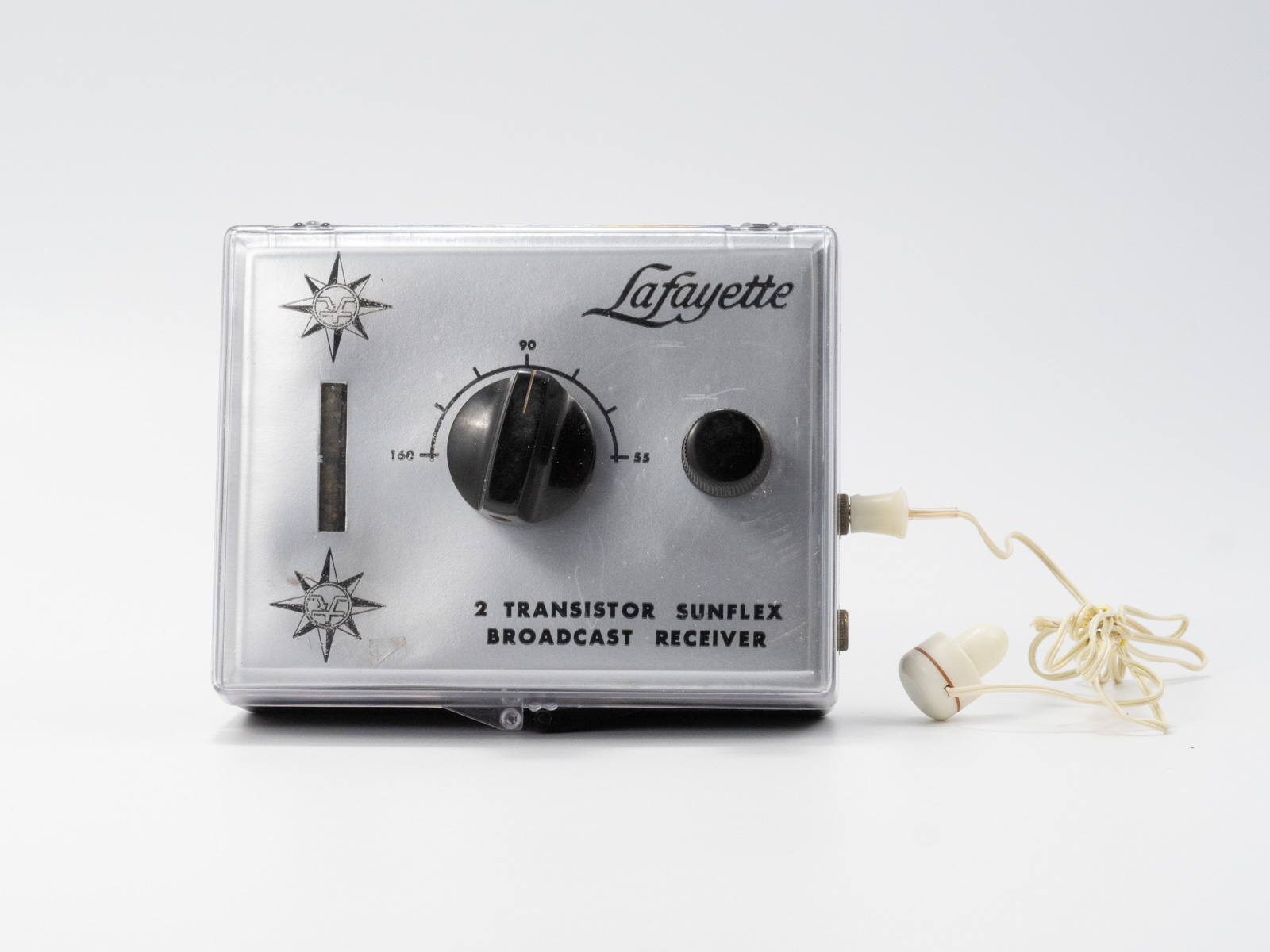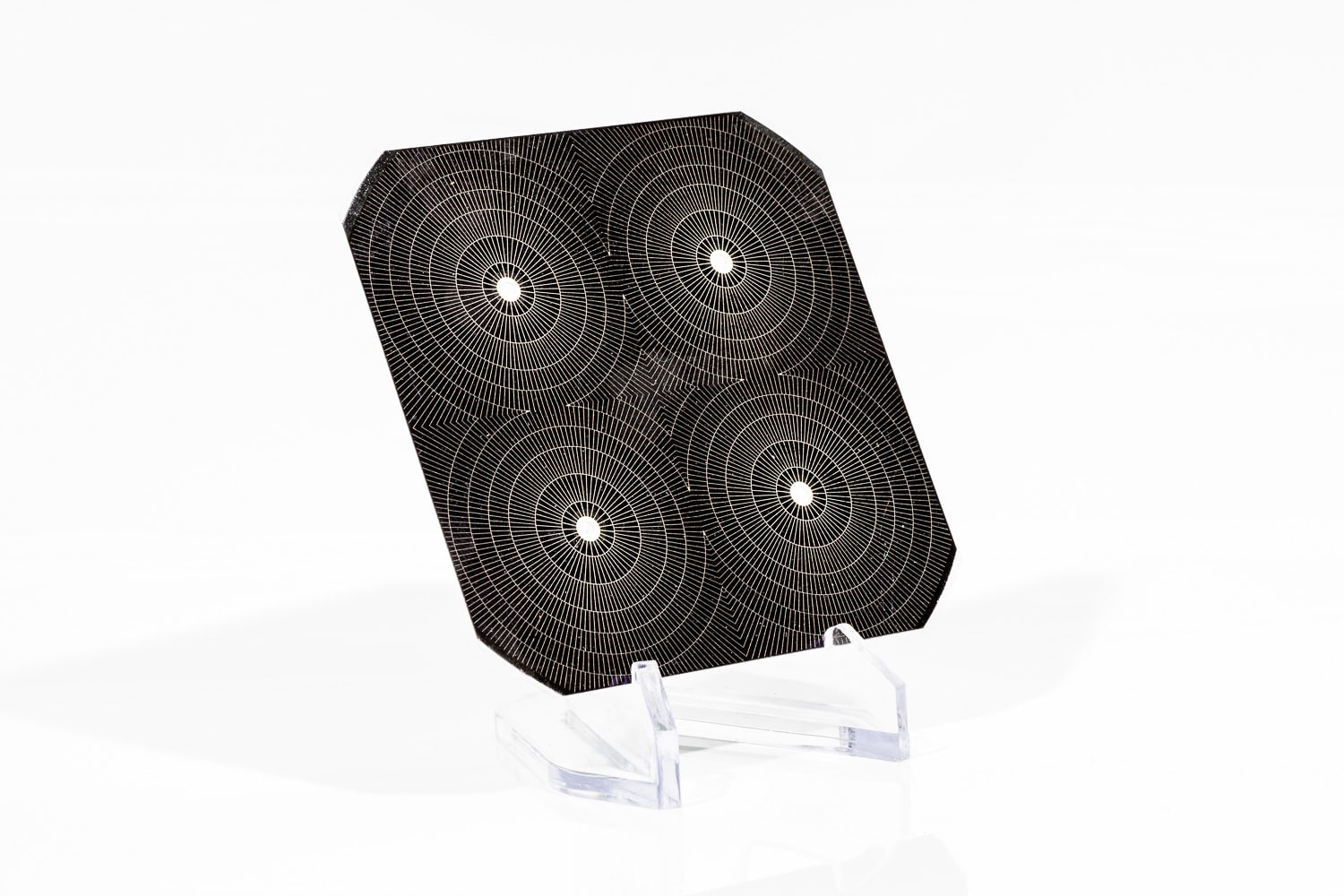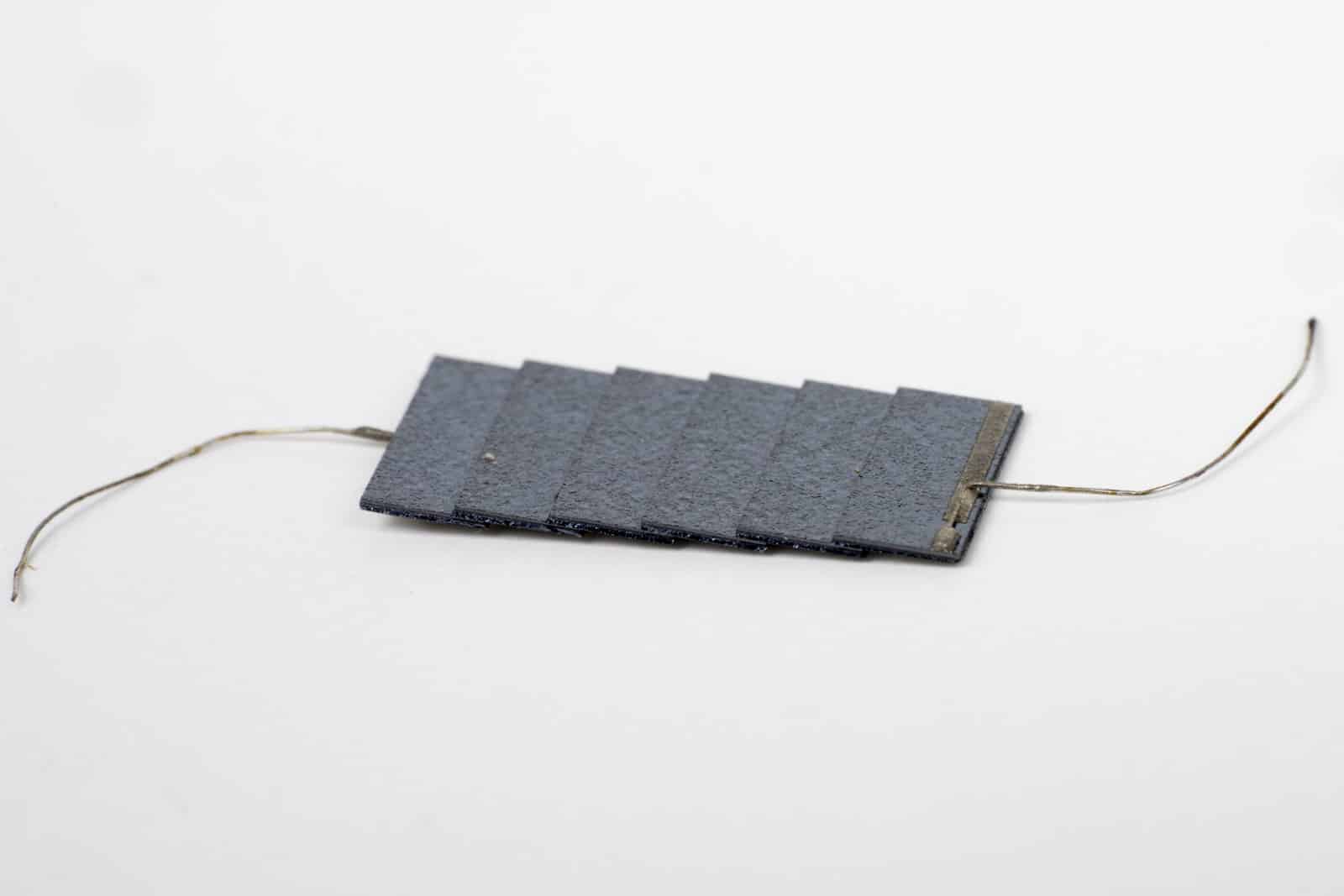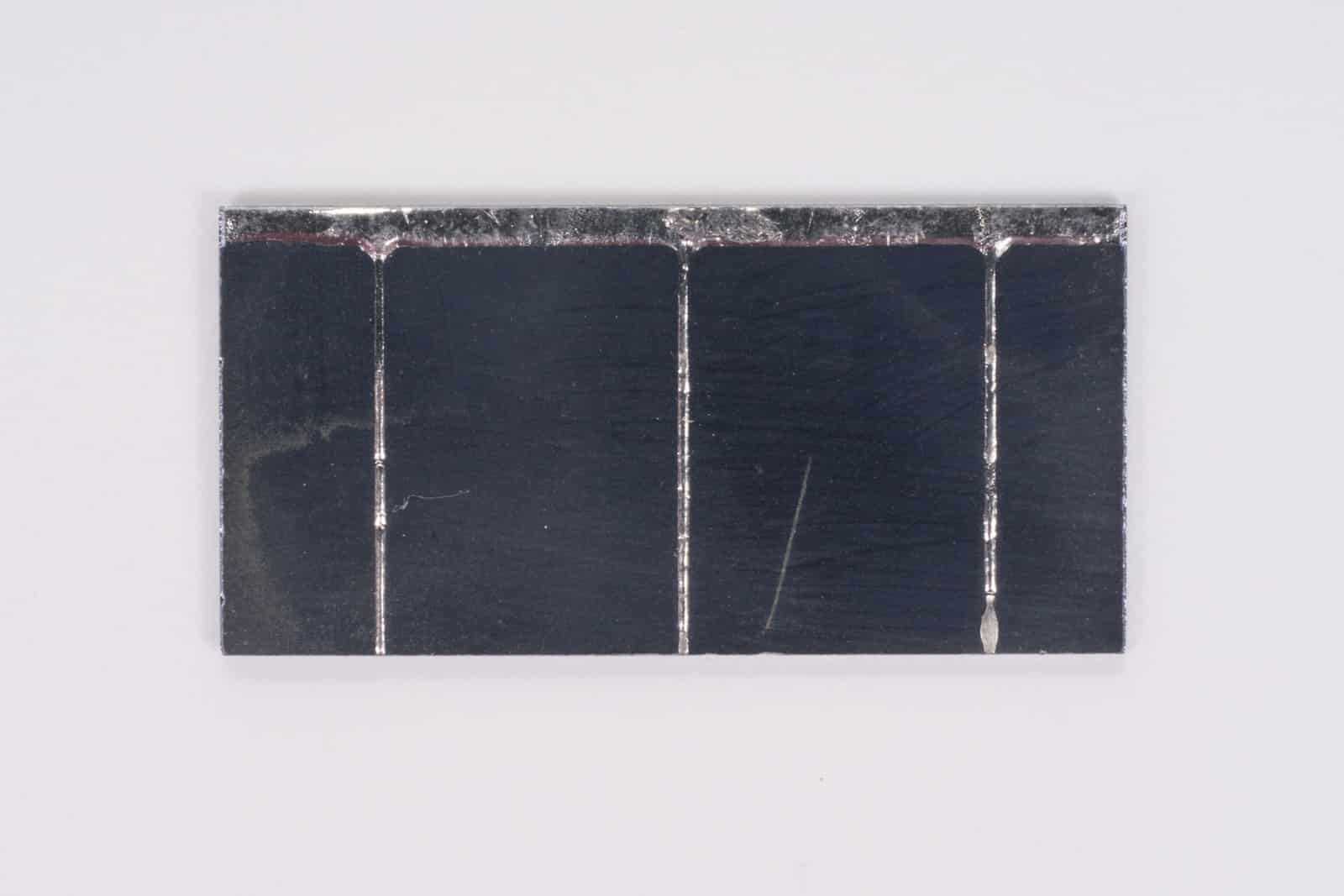The Lafayette KT-132 Sunflex KIT radio was offered by Lafayette Radio in their 1957 Catalog #304 (page 74) at a cost of $11.95 plus $6.65 for the “Heliodyne” Silicon Solar Battery. A dynamic earphone was also available for $3.95. It would be assembled in a 3-1/2” x 4-5/8” x 1-5/8” thick plastic box and employed in its “reflex” circuit a crystal diode and both an NPN and PNP transistor, as well as a solar cell which produced 3.2 volts at 2 milliamps. Copyright for the Lafayette assembly instruction manual had been accepted by the Copyright office in December of 1957. The radio was also described in great detail on page 66 of the 1958 “Electronic Projects You Can Make” magazine.
The unique reflex circuit amplified the radio frequency (RF) signal before it was fed thru the detector diode which converted it to an audio signal which was then re-routed through the transistors for audio amplification. This basically resulted in performance from a 2-transistor radio that was equivalent to that of a 3 or 4 transistor radio. Accordingly this model was able to operate and feed an earphone without the use of any outside aerial or ground wire connection. Thus it was the FIRST do-it-yourself (DIY) solar powered kit radio which could operate without any external connections – a real marvel at the time at a cost of only about $20 (in 1957 dollars, of course still a good buck……)
The circuit also called for the inclusion of 2 AA size batteries which would power the little radio when sun or incandescent light was not available. Two earphone jacks were mounted on one end of the cabinet. Plugging the earphone into one jack or the other would determine whether the user was choosing solar or back-up battery power. (Note that the earphone in our picture is NOT original to the radio).
Although there were probably hundreds and hundreds of the Lafayette KT-132 Sunflex Solar Radio sold, the vast majority have found their way to landfills and today examples of this little radio are at least a hundred times as rare as the popular Regency TR-1 first transistor radio.
Photographed from the Bill Burkett collection

